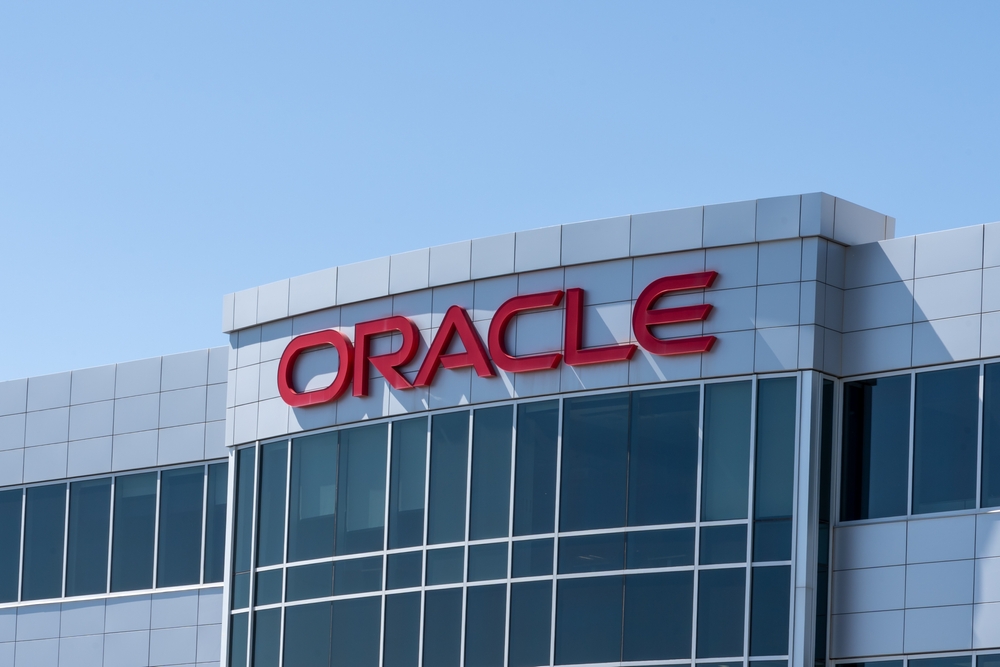Investing in equities is a good servant, but it can also be a bad master. Especially for the inexperienced investor. Some of the most common beginner mistakes include betting on one title or one market segment, trying to guess the price bottom, or giving in to emotions when your investment doesn't perform as you expect.
Nevertheless, stock markets tend to be a fairly solid way to beat price increases in the economy, i.e. inflation, over the long term. The problem for beginners, however, is how to choose a stock portfolio that actually follows this trend.
Unless a novice investor consults a reliable expert, it is usually quite sensible to invest in so-called stock indices. A stock index is a representative indicator of the performance of a particular stock exchange. It takes on a certain value which changes over time. And it changes as the value of the shares of the companies included in the index changes.
Stock exchanges used to have multiple indices. One is the main one, which usually includes the stocks of the best-performing or most valuable companies, but there are also sub-indexes that consist of stocks of companies in a particular sector.
A good example is the New York Stock Exchange indices. The main index is the S&P 500. Its history dates back to the 1920s. At that time, Standard Statistics began compiling an index that included the shares of more than 200 companies traded on Wall Street. About 20 years later, Standard Statistics merged with Poor's and the index roughly doubled to 416 titles. The S&P 500 Index (Standard & Poor's) was introduced in 1957 and, as the number suggests, includes the 500 best-performing companies traded on the floor of the New York Stock Exchange.
However, alongside it on Wall Street is the Dow Jones Industrial Average, which is historically older (it was first calculated in 1896). However, this index includes only the thirty companies that are the largest and most heavily traded. The Dow Jones therefore tracks only a very narrow segment of the New York stock market. Finally, the third major Wall Street index is the Nasdaq Composite. This is generally associated with the shares of technology companies, because they are the most heavily traded within this market.
Other well-known stock indices include the FTSE 100 (London Stock Exchange index), the DAX (Frankfurt), the Nikkei (Tokyo), the Hang Seng (Hong Kong), as well as the Shanghai Composite (Shanghai) and the Stoxx 600 (pan-European stock index).
So how to invest in an index? You can't invest money in an index the way you can in stocks. You cannot place an order to buy this or that index on any stock exchange. You can invest in stock indices using so-called ETFs (Exchange Traded Funds), i.e. mutual funds that invest in the stocks represented in a particular index. This is done so that the structure of the portfolio closely follows the chosen index.
The easiest way to invest in an index through an ETF is through an investment platform or app.
A clear advantage of investing in indices is the reduction of risk, which is generally one of the important characteristics of stock markets. However, the disadvantage is the lower expected and projected return compared to if you were to construct the equity portfolio yourself.
For the advanced and with a good understanding of the risks, it is also possible to trade Contracts for Difference (CFDs) on these equity indices. Here the possibility of return is higher, as is the risk of loss. These are compounded by the use of leverage when trading. An example is trading in the largest and best-known European, American or Asian indices such as the Dow Jones Average, Nasdaq Composite, STOXX Europe 600, DAX or CAC 40.
Peter Svoreň, APME FX




